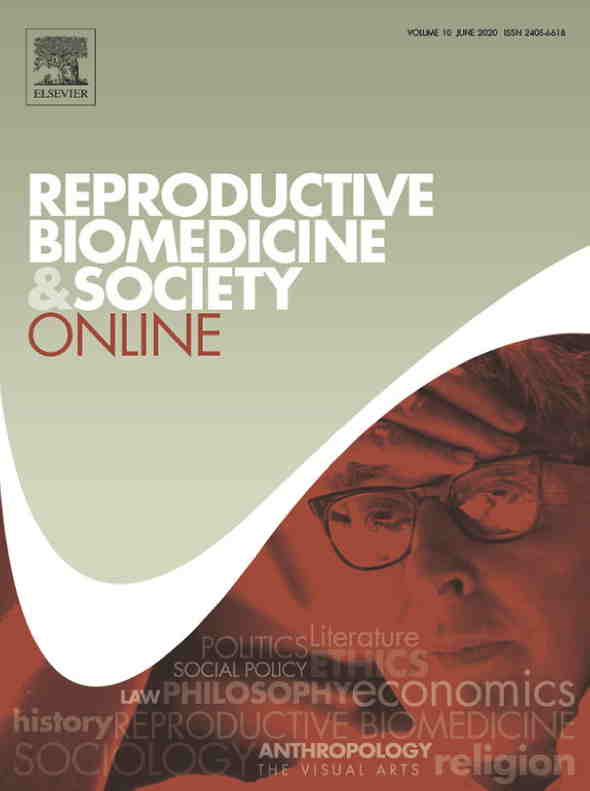Which lives matter in reproductive biomedicine?
By Camisha Russell,
Reproductive Biomedicine & Society
| 06. 02. 2021
Abstract
The most recent Black Lives Matter moment provides an important opportunity for consideration of the interlocking social and political systems that contribute to ongoing racism and racial inequality. What does this mean in the context of reproductive biomedicine? Which lives do reproductive biomedicine devalue and how? In this commentary, I address why reproductive biomedicine is an important site for reflection on race, and how the Reproductive Justice Movement calls on us to shift our thinking. I argue for the need to recognize the deep connections between reproductive biomedicine and eugenics, and then offer some examples of racialization in reproductive biomedicine through assisted reproductive technology. Finally, I consider what steps practitioners might take to be part of the change for which this Black Lives Matter moment calls.
Introduction
Last summer in the USA, people once again took to the streets to insist on the value of Black lives. While Black Lives Matter is most strongly associated with the struggle to end racist police violence, the name and the movement reach much further...
Related Articles
By Jenny Lange, BioNews | 12.01.2025
A UK toddler with a rare genetic condition was the first person to receive a new gene therapy that appears to halt disease progression.
Oliver, now three years old, has Hunter syndrome, an inherited genetic disorder that leads to physical...
By Rachel Hall, The Guardian | 11.20.2025
Couples are needlessly going through IVF because male infertility is under-researched, with the NHS too often failing to diagnose treatable causes, leading experts have said.
Poor understanding among GPs and a lack of specialists and NHS testing means male infertility...
By Pam Belluck and Carl Zimmer, The New York Times | 11.19.2025
Gene-editing therapies offer great hope for treating rare diseases, but they face big hurdles: the tremendous time and resources involved in devising a treatment that might only apply to a small number of patients.
A study published on Wednesday...
By Aisha Down, The Guardian | 11.10.2025
It has been an excellent year for neurotech, if you ignore the people funding it. In August, a tiny brain implant successfully decoded the inner speech of paralysis patients. In October, an eye implant restored sight to patients who had...




